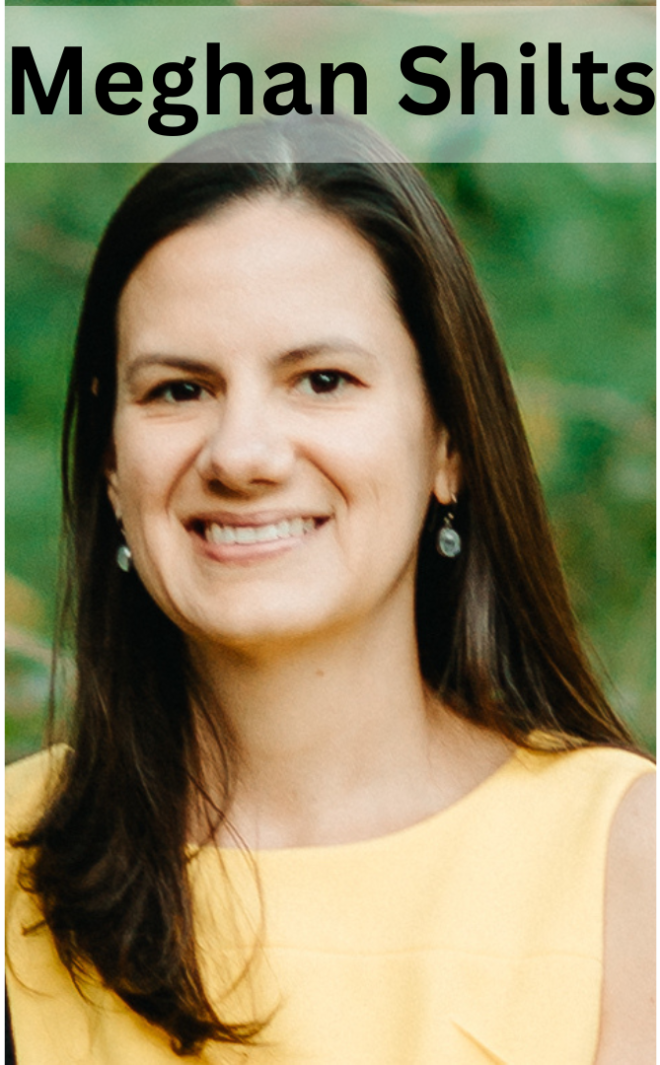International Collaboration Uncovers Evolutionary History of Respiratory Virus in Argentina
By Andy Flick Evolutionary Studies scientific coordinator
 Stephanie Goya, who did a rotation with the lab of Suman Das, recently published a paper with the lab about the evolution of respiratory syncytial virus in a population of humans in Buenos Aires, Argentina. The paper, “Evolutionary dynamics of respiratory syncytial virus in Buenos Aires: Viral diversity, migration, and subgroup replacement,” was published in the journal Viral Evolution. Their sequencing project, expanding on a paucity of genome samples for RSV, revealed that two variants of RSV were common in different years; the study analyzed data from 2014 through 2017. From 2014-2016, RSV-B was dominant in samples but in 2017, 90% of samples were from RSV-A genomes. The group suspects that a relatively low-diversity subset of RSV-B infections led to the ability for the RSV-A subgroup to take over.
Stephanie Goya, who did a rotation with the lab of Suman Das, recently published a paper with the lab about the evolution of respiratory syncytial virus in a population of humans in Buenos Aires, Argentina. The paper, “Evolutionary dynamics of respiratory syncytial virus in Buenos Aires: Viral diversity, migration, and subgroup replacement,” was published in the journal Viral Evolution. Their sequencing project, expanding on a paucity of genome samples for RSV, revealed that two variants of RSV were common in different years; the study analyzed data from 2014 through 2017. From 2014-2016, RSV-B was dominant in samples but in 2017, 90% of samples were from RSV-A genomes. The group suspects that a relatively low-diversity subset of RSV-B infections led to the ability for the RSV-A subgroup to take over.
 According to the paper, RSV is a globally-distributed virus and one of the main causes of lower respiratory infections in children. Goya hoped that the results of this study would lend support and awareness for the use of vaccines. With the evolution of this virus, reinfection is possible, and elderly and youth populations are at higher risk for serious symptoms. Getting a vaccine against RSV may help prevent this virus from infecting those at-risk populations.
According to the paper, RSV is a globally-distributed virus and one of the main causes of lower respiratory infections in children. Goya hoped that the results of this study would lend support and awareness for the use of vaccines. With the evolution of this virus, reinfection is possible, and elderly and youth populations are at higher risk for serious symptoms. Getting a vaccine against RSV may help prevent this virus from infecting those at-risk populations.
Meghan Shilts, a senior research specialist in the Das lab, explained a bit about the differences between RSV-A and RSV-B.
 According to Shilts, “two of the proteins on the outside of RSV (called F for fusion and G for glycoprotein) help RSV enter host cells and replicate and can make you sick. Your immune system tries to protect you from this by recognizing these two proteins, to target and destroy RSV. RSV-A and RSV-B have pretty different G proteins, a strategy that helps RSV survive as our immune system needs to be able to recognize both of them in order to protect us.”
According to Shilts, “two of the proteins on the outside of RSV (called F for fusion and G for glycoprotein) help RSV enter host cells and replicate and can make you sick. Your immune system tries to protect you from this by recognizing these two proteins, to target and destroy RSV. RSV-A and RSV-B have pretty different G proteins, a strategy that helps RSV survive as our immune system needs to be able to recognize both of them in order to protect us.”
The authors found multiple introduction events for RSV in Buenos Aires. That is to say, new strains of RSV entered Buenos Aires through infection in other locations. The team also found that virus samples collected in other countries originated in Buenos Aires.
According to Goya, mitigation measures to prevent the spread of SARS-CoV-2 in 2020 also affected RSV viral dynamics.
“In some regions there were no RSV hospitalizations at all and no RSV detections in outpatients with mild respiratory disease. When the mitigation measures relaxed, RSV circulation reemerged with an unexpected seasonality. In this context, the mitigation measures against the SARS-CoV-2 transmission acted as a bottleneck for the RSV transmission and evolution and now we are closely monitoring what is happening in each region,” Goya noted.
Goya was excited to study host-pathogen co-evolution and said, “it is a continuous fight between virus and host that for those of us who study this field offers us constant surprises, allows us to understand vulnerability to disease but also allows us to develop vaccines and antivirals helping our immune system fight pathogens.”
Goya was thankful for her time at Vanderbilt and commented, “I was doing my PhD in the Dr. Viegas laboratory in Buenos Aires, one of the first laboratories to explore next generation sequencing in virology in Argentina. I needed to improve my skills and Suman opened his laboratory for me to work together in the Argentine RSV genomes sequencing. I met a wonderful and approachable researcher with whom I have enjoyed long discussions on viral evolution, with an amazing team willing to help and learn together in the face of every challenge. We built a synergistic collaboration that led to a recently published article in the journal Virus Evolution.”
Funding Statement: The sample collection for this work was supported by ANPCyT, Ministerio de Ciencia, Tecnología e Innovación de la Nación Argentina (grant number PICT03443/2014). The sequencing work was supported NIAID, NIH with grant numbers R21AI154016, R21AI149262, and R21AI142321 and by the Centers for Disease Control and Prevention (grant number 75D3012110094). The support for the Vanderbilt Technologies for Advanced Genomics Core was received from the National Institutes of Health under award numbers UL1RR024975, P30CA68485, P30EY08126, and G20RR030956. The funders had no role in the study design, data collection, and analysis, decision to publish, or preparation of the manuscript.
Citation: Goya, Stephanie, Maria Florencia Lucion, Meghan H. Shilts, María del Valle Juárez, Angela Gentile, Alicia S. Mistchenko, Mariana Viegas, and Suman R. Das. 2023. “Evolutionary dynamics of respiratory syncytial virus in Buenos Aires: Viral diversity, migration, and subgroup replacement.” Virus Evolution. 9(1): vead006.
